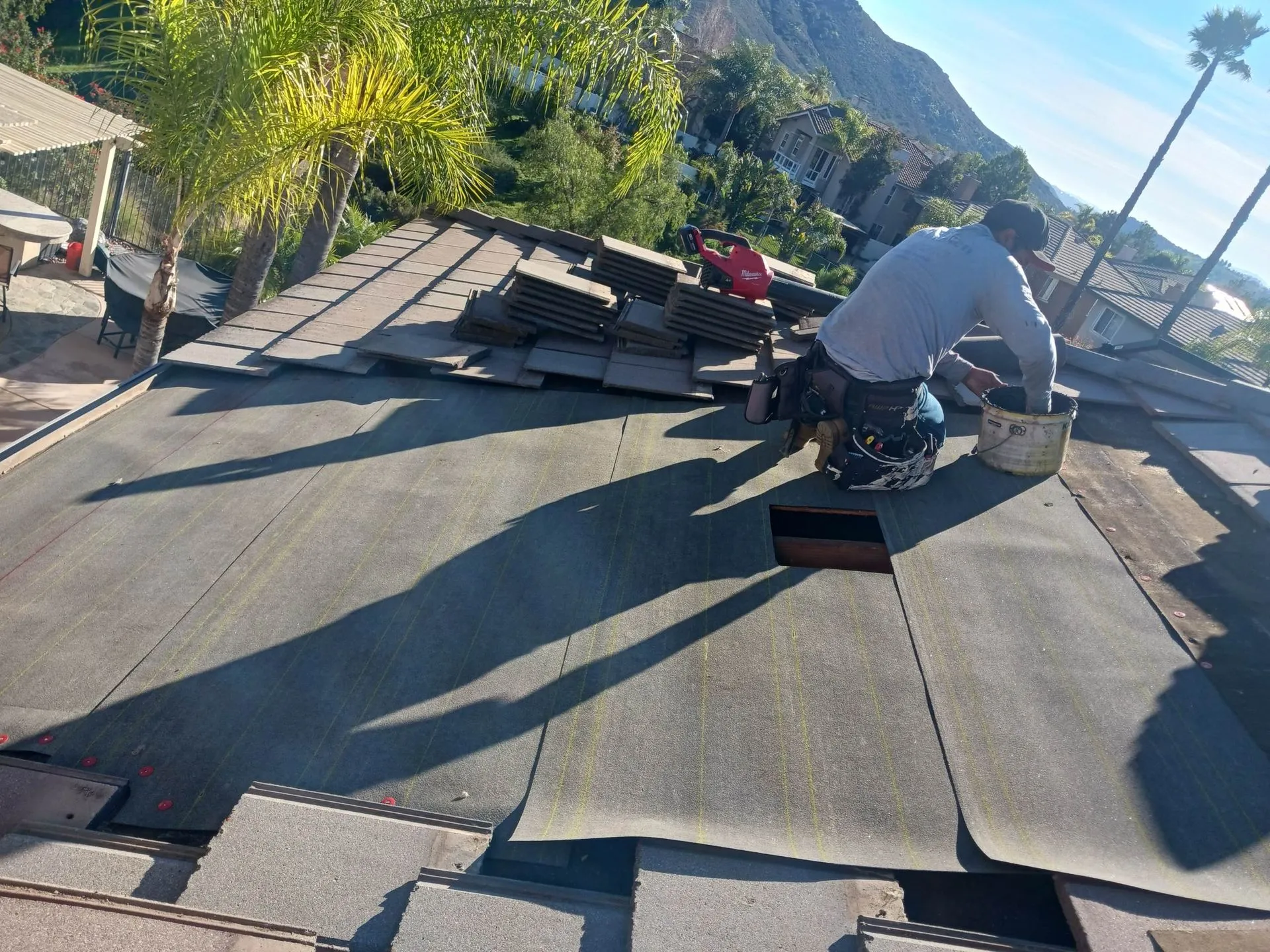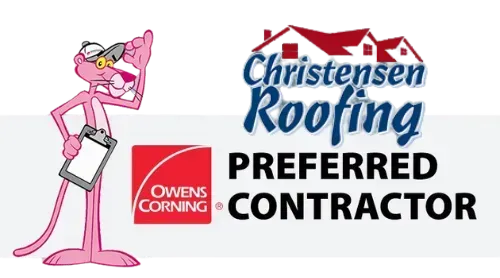Navigating Roof Installation Rules in San Diego County: What Homeowners Should Know
Installing a new roof on your home is a big project. While choosing roofing materials and planning the timeline are important, many homeowners forget about something just as crucial: local building codes and permits. If you live in San Diego County, there are specific rules you need to follow when it comes to residential roofing.
At Christensen Roofing, we’ve spent over 50 years helping homeowners get safe, long-lasting roofs that follow all the rules. In this blog, we’ll walk you through what you need to know before starting your roof installation in San Diego County.
Why You Need a Permit for a New Roof
Any major roofing job, like a full roof replacement or a brand-new roof, requires a permit from the city or county. This permit helps make sure the work is done safely and follows local rules.
If you skip the permit, you might face:
● Fines or penalties
● Delays in finishing the job
● Problems if you try to sell your house later
● Insurance or warranty issues
That’s why Christensen Roofing takes care of all permit paperwork for you. We work directly with the city so you don’t have to worry about the process.
Cool Roof Rules in San Diego County
San Diego has a warm, sunny climate. To help reduce heat and energy use, the county follows California’s Title 24 energy code. This includes something called “cool roof” requirements. Cool roofs are made from materials that reflect sunlight and keep your home cooler.
Depending on the slope of your roof and where your home is located, you may be required to use cool roofing materials, like reflective shingles, coated metal, or light-colored tiles. At Christensen Roofing, we always offer energy-efficient options that meet local rules and help lower your utility bills.
Fire Safety Is a Must
Wildfires are a serious risk in many parts of California, including San Diego County. That’s why most homes are required to have
Class A fire-rated roofs. These roofs are made from materials that resist catching fire, such as:
● Asphalt shingles with fiberglass
● Concrete or clay tiles
● Metal roofing with special underlayment
If your home is in a high fire-risk area, you might also need to install fire-safe vents and flashing. Christensen Roofing always uses materials that meet or exceed local fire safety codes to protect your home and family.
Roof Slope and Water Drainage
Another important rule involves the slope or angle of your roof. Your roof needs to have the right pitch to allow water to drain properly. If your roof is flat or has a low slope, we make sure to install special systems to prevent water from pooling, which can cause leaks or damage.
We also install the right gutters and downspouts to direct water away from your home. Good drainage isn’t just about protecting your roof, it also prevents damage to your home’s foundation and landscaping.
How We Make the Process Easy
Navigating building codes can be confusing, especially if this is your first roofing project. That’s why Christensen Roofing takes care of everything for you. Here’s what we do:
●
Apply for permits from your city or county
●
Choose materials that meet energy and fire safety rules
●
Schedule inspections during and after the job
●
Make any needed changes if something doesn’t pass inspection
Our goal is to make the roof installation process as smooth and stress-free as possible.
Trust the Experts with Your Roof!
If you’re planning a new roof for your home in San Diego County, don’t overlook the importance of following local rules. A properly permitted and code-compliant roof is safer, lasts longer, and helps avoid costly problems down the road.
When you need reliable, high-quality residential roof installation or help with residential roofing in San Diego County CA, turn to the experts. For more information or to get started, visit Christensen Roofing. Let us handle the details, so you can enjoy peace of mind under a strong, secure roof.



